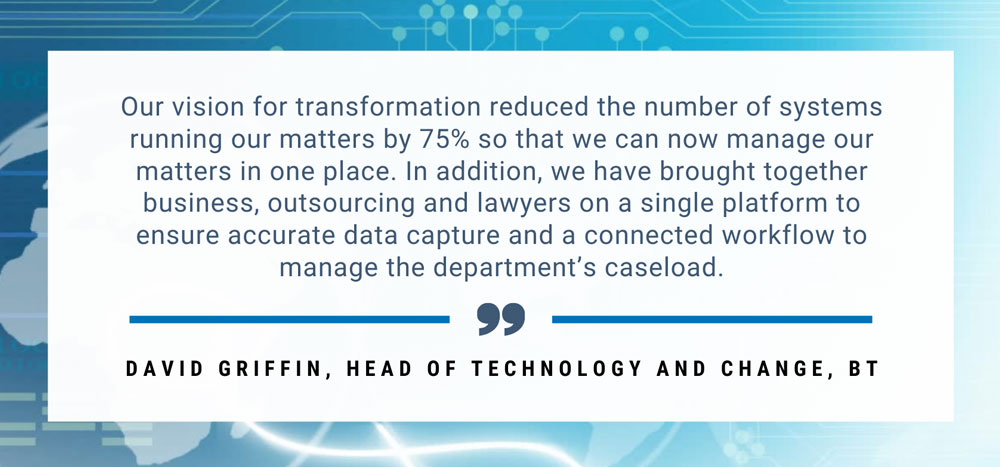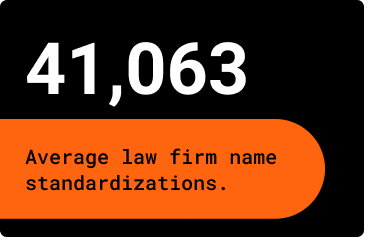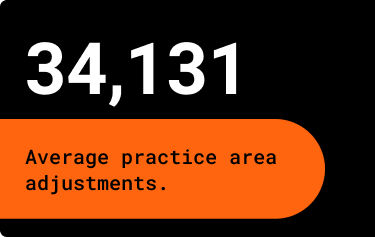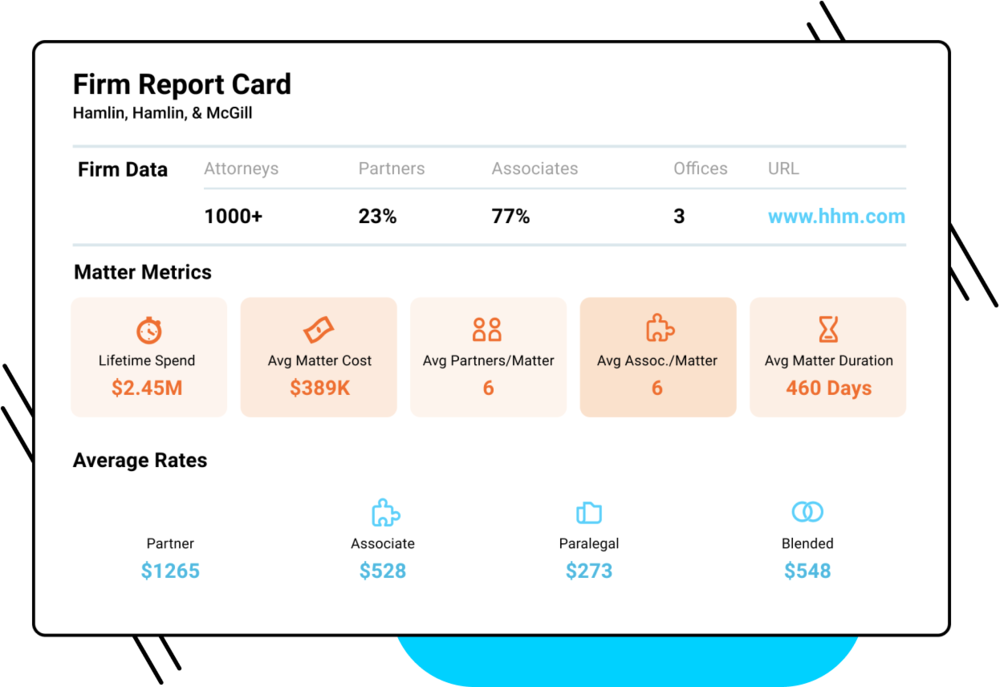A recent webinar hosted by ECLA and Onit’s European legal spend management solution BusyLamp eBilling.Space charted the development of matter management from document repository to connected workspace – looking at current solutions, the impact of COVID-19, and future trends.
The webinar, part of the ECLA Learning Centre series, brought together Rob McAdam, VP of product at BusyLamp (an Onit Company), Sven Preiss, head of legal commercial at Scout24, and Xavier Langlois, general counsel at Beamery.
The webinar started by considering the meaning of matter management and what it entails for a corporate legal team. It was agreed that matter management is fast evolving beyond a system of record to one of collaboration and engagement, with increased use of automation and self-service tools built in. Indeed, given the pandemic, ways of working have changed dramatically. From asynchronous working to increased knowledge sharing – seismic changes in our ways of operating are all relevant to future matter management systems. “The most important area for me now is collaboration,” said Sven Preiss. “Not everyone is there all of the time. To give consistent, quality legal advice, it’s important to have somewhere to search.”
Today’s often remote and more flexible working patterns also increase the need for matter management systems that can be integrated with tools such as Slack and Teams that so many of us use. “The need to capture detailed notes and status reports about where things stand will become more important,” pointed out Rob MacAdam. “And with even conservative law firms moving to things like DocuSign, this is clearly a time for change,” added Xavier Langlois. Indeed, for Beamery’s legal team, it’s also accelerated the implementation of a new matter management tool. “This was a perfect opportunity to start with a clean slate,” he explained, adding: “The legal team has to be able to speak the same language as the business.”
The panel also agreed that – in many ways – technology had brought disparate groups together, bringing positive behavioral changes that look set to make legal teams more efficient and more accountable. Looking ahead to six key trends in the coming months and years, the below points were identified as critical components of an effective matter management system:
1. Data and Intelligent Insight
With legal functions turning to data to track performance and status and to monitor risk, matter management systems are helpful as they aggregate data gathered through workflows. This leads to insights, with the system having the potential to act as an early alert system or a predictive tool. Yet teams must learn how to analyze this data effectively. “This is a great opportunity to align to company objectives through data,” said Xavier. “Predictive and machine learning has to be the next level of matter management. It can free up legal teams to do other things.”
But the panel also agreed on the need for training and guidance in terms of the usage of AI and for systems to have parameters built in. “Don’t overpromise the benefits of using certain tools,” warned Rob. “Technology can offer so much value, but you get out what you put in. You must invest in time, too.” Fortunately, with younger generations, in particular, keen to leverage data and technology, it was agreed that the will, and the energy, are often there.
2. Interoperability
With so many of us comfortable working in systems such as Zoom, Teams, and Slack, interoperability is increasingly important regarding matter management. It’s important that users don’t feel forced to leave the tools they like working with to engage with legal teams while the use of plug-ins and APIs looks set to rise. “People want to work within their preferred tools. We picked the one which integrated most easily,” pointed out Xavier.
3. Knowledge Delivery
Knowledge delivery also looks set to be one of the biggest trends over the next couple of years. For instance, MacAdam pointed to the potential for matter management systems to deliver relevant, up-to-date information in the context in which it is needed. “What would be perfect would be a really good search engine for your knowledge database, being able to deliver knowledge in a structured way and at your fingertips,” added Sven. “There are lots of questions that come up all the time and which could be categorized and answered by a chatbot,” he said, pointing out that AI could play an important role there.
4. Process Automation
With in-house teams frequently getting bogged down in lower value, manual, routine tasks, process automation can dramatically improve productivity. This has led to an increased focus on process automation – for instance, to support contract approval. A key piece of advice in this regard was to look first at high volume, low touchpoint engagements such as NDAs – “which should not require six email exchanges” – and then to build on that.
5. Self-Service
Self-serve systems can be a way of demonstrating value to clients – helping them to get their jobs done more quickly, too. And, with more and more matter management systems incorporating such tools, it’s easy to deliver quick wins. For instance, many new contract management tools now have native e-signature functionality.
6. External Collaboration
As matter management systems become engagement and collaboration tools, they look set to enable diverse teams to work on tasks together, tracking status and improving efficiency. Yet, to make technology-driven matter management a success, Rob’s advice – before deployment – was to start small but aim high; to prioritize problems to solve; to look at current processes while talking to IT and procurement, and to build a business case that includes a vision for the value a system will bring, and which is subsequently monitored. It’s also important to ensure adequate training and support are in place while responding to feedback. If something is not working, simply change and adapt.
Find out more by watching the full webinar on demand here.
Thank you to The European Company Lawyers Association (ECLA) for inviting BusyLamp to run this matter management session.
Request a demo of BusyLamp eBilling.space.







 As a key step in transforming its legal department, BT selected Onit’s workflow and business automation platform
As a key step in transforming its legal department, BT selected Onit’s workflow and business automation platform 





